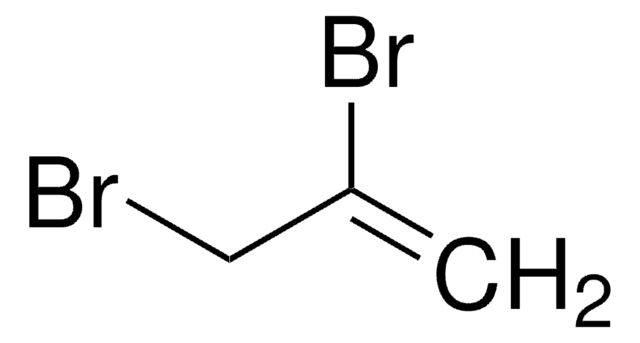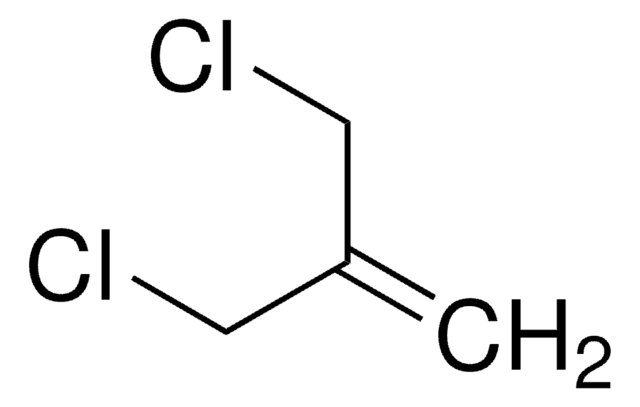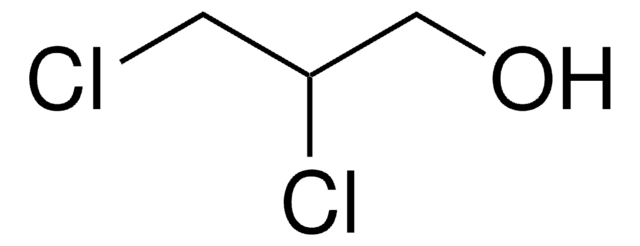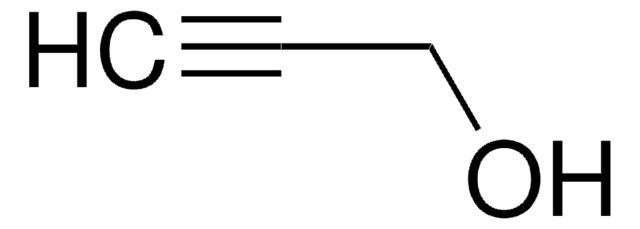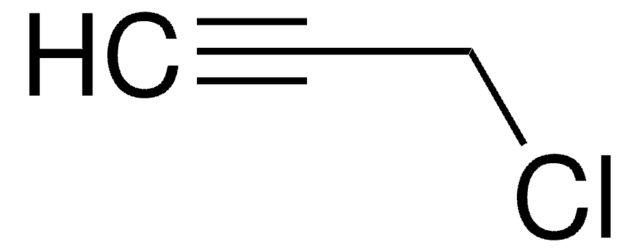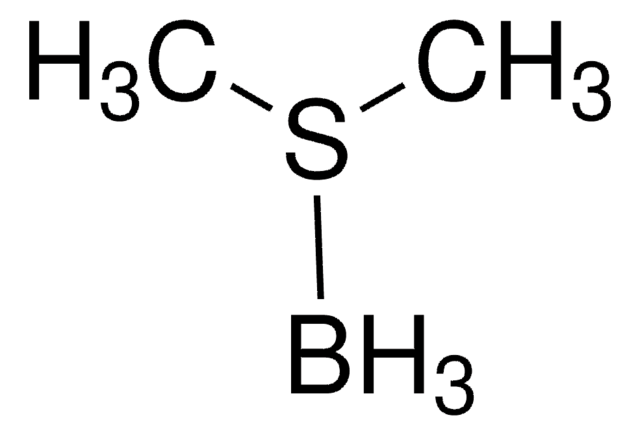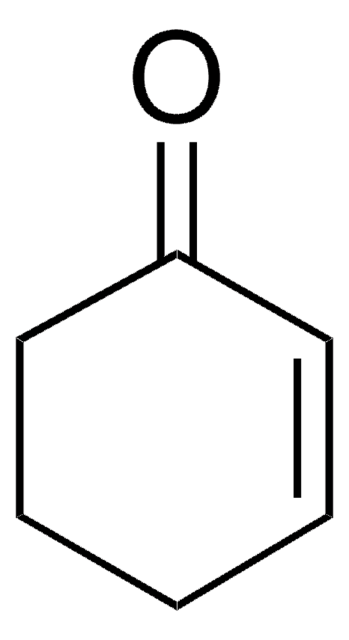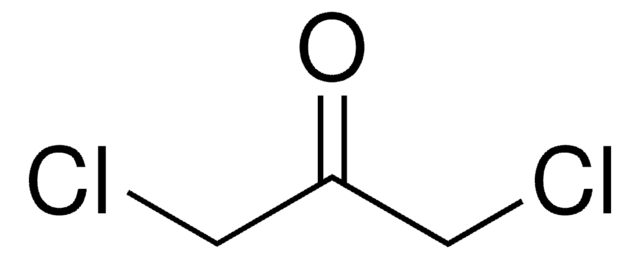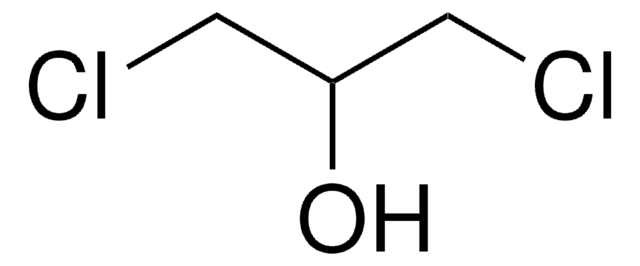D72603
2,3-Dichloro-1-propene
98%
Synonym(s):
2,3-Dichloro-1-propene, 2,3-Dichloropropene, 2,3-Dichloropropylene, 2-Chloroallyl chloride
About This Item
Recommended Products
vapor density
3.8 (vs air)
vapor pressure
44 mmHg ( 20 °C)
Assay
98%
form
liquid
expl. lim.
7.8 %
refractive index
n20/D 1.461 (lit.)
bp
94 °C (lit.)
density
1.204 g/mL at 25 °C (lit.)
SMILES string
ClCC(Cl)=C
InChI
1S/C3H4Cl2/c1-3(5)2-4/h1-2H2
InChI key
FALCMQXTWHPRIH-UHFFFAOYSA-N
Looking for similar products? Visit Product Comparison Guide
Related Categories
Signal Word
Danger
Hazard Statements
Precautionary Statements
Hazard Classifications
Acute Tox. 4 Dermal - Acute Tox. 4 Inhalation - Acute Tox. 4 Oral - Aquatic Chronic 3 - Eye Dam. 1 - Flam. Liq. 2 - Muta. 2 - Skin Irrit. 2 - STOT SE 3
Target Organs
Respiratory system
Storage Class Code
3 - Flammable liquids
WGK
WGK 3
Flash Point(F)
50.0 °F - closed cup
Flash Point(C)
10 °C - closed cup
Personal Protective Equipment
Choose from one of the most recent versions:
Already Own This Product?
Find documentation for the products that you have recently purchased in the Document Library.
Customers Also Viewed
Our team of scientists has experience in all areas of research including Life Science, Material Science, Chemical Synthesis, Chromatography, Analytical and many others.
Contact Technical Service